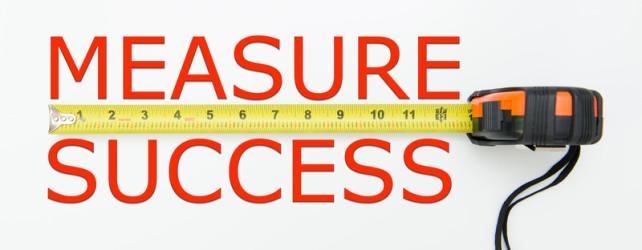It’s the end of the year and you will survive the December crush that most nonprofits experience this time of year. Phew! And now you can cruise into 2016 and begin the cycle again, right? Wrong.
How do you know your efforts paid off?
Ask yourself these 8 questions to fully fund your mission and transform lives:
1. How did our development plan pan out? You do have one, I assume. Did you follow it? Did you remember to check in now and then to be sure your activities align with the original design? Knowing what you know now, what strategies would you change? What could you leverage for even better results?
2. Did we create a culture of philanthropy? Take stock of who was involved in your development activities. Did everyone in the organization play a role in sharing your nonprofit’s story? Were volunteers and staff involved in relationship-based fundraising that connected people to your important work? How did you educate them so they felt equipped for success? Is there more to do? Involve everyone, especially board members, and elevate your engagement strategy.
3. How effective was our case for support? Was it as compelling as you planned? How do you know? Were there real stories woven throughout to clearly show the impact of your work? You likely have a few versions of your case statement, depending on what programs you are raising money for and who your audience is. How would you revise them for next year?
4. Did the policies and procedures hold up? You don’t need a policy for every single action. But you do need to be sure there are certain ways of doing some things – for example, how you thank donors, or how you determine what type of gifts you will accept. Did you find yourself making it up as you went? Or did you feel so constricted by rules you felt you had no room to flex? Take a moment to reflect on what worked well and what could be tweaked to serve the team best.
5. How did we perform to benchmarks? I know you set up some goals to reach. Not just the financial ones, but things like retention rate, average gift size, percent of donors increasing their gift, return rate on appeals, event ROIs, etc. I hope you’re doing a happy dance if you realize you hit most of those metrics! And what about the ones you didn’t? Or are there some you would add to the list? Or remove because they just aren’t significant anymore?
6. Was technology our friend? Relationship management software can make or break you. Do you have established protocol for how to input data and generate essential reports? Can the program give you the data you need? Do you know how donors are giving, or when the last contact with them was? Do several members of the team know how to use your CRM so it’s fully functioning for you? If not, how can you invest in making the most of your systems? Your decisions are much more effective when informed by data – don’t you think?
7. How diverse are our funding sources? So often I still see organizations who are heavily funded by government contracts or foundation grants just sit on their laurels and avoid building an individual giving program. Did we not learn from the recession? The most successful organizations have a mix of earned and charitable revenue sources; the majority of their revenue is renewable and unrestricted. How does your revenue mix measure up? What could you do to adjust your plan for next year to boost long-term sustainability?
8. How well did we take care of our donors? Are they having a positive experience with you? How did you communicate with them, how often and about what? Did you acknowledge and honor their gift beyond the basic thank you letter? Have you shared other ways they can get involved with your organization? Are you treating them all the same or have you thoughtfully segmented them? What are the odds they will invest in your cause again?
Evaluating your development activity at least annually is a smart, winning practice. It will identify gaps that need attention and strengths you can leverage; it will help you establish new benchmarks for future performance, and it will engage your team.
This isn’t tough, it just takes a minute. So breathe deeply, sit down with your team (over food, of course), open your mind to what’s possible and see how you did. And let me know where you need help – I have a few tools that may come in handy.












Great list to help measure success. We have seen more and more nonprofits having significant success with running online matching gift campaigns.
Matchme.org is one example of a platform that helps nonprofits, businesses and individuals launch matching campaigns. It’s proven to help increase new donors and more dollars.
It’s important to keep in mind young donors who are always online and want to be part of giving communities. Online matching is going to grow even more in 2016. #GiveMoreTogether.
Thanks for sharing this resource, Elie!